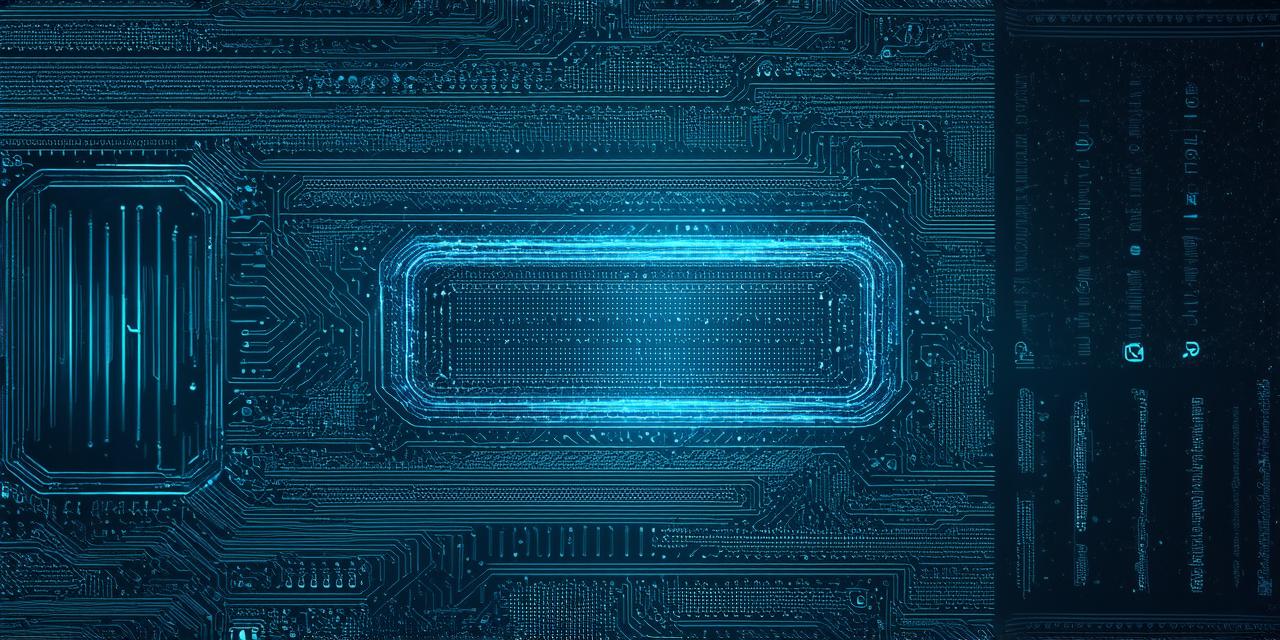Over the past decade, blockchain technology has taken the world by storm. From cryptocurrencies like Bitcoin and Ethereum to supply chain management and voting systems, blockchain is revolutionizing how we store and share data securely.
What is Blockchain?
Blockchain is a decentralized ledger system that allows for the secure and transparent recording of transactions. It was first introduced in 2008 by an anonymous individual or group of individuals using the pseudonym Satoshi Nakamoto as a way to enable secure and anonymous financial transactions using cryptocurrencies.
At its core, a blockchain is a chain of blocks that contain information about transactions. Each block contains a unique identifier called a hash, which links it to the previous block in the chain. This ensures that once data is added to a blockchain, it cannot be altered or deleted without disrupting the entire chain.
How does Blockchain work?
Blockchain technology works through a consensus mechanism known as proof-of-work (PoW). In PoW, users compete to solve complex mathematical problems in order to validate transactions and add them to the blockchain. Once a transaction is verified, it is added to a block, which is then broadcast to the network of participants.
One of the key features of blockchain technology is its decentralized nature. Unlike traditional databases, which are controlled by a central authority, blockchains are maintained by a network of participants who work together to validate transactions and keep the ledger up-to-date. This makes it extremely difficult for any single party to manipulate or control the data on the blockchain.
Applications of Blockchain Technology
Blockchain technology has a wide range of applications, including:
-
Cryptocurrencies
-
Supply Chain Management
-
Voting Systems
-
Healthcare

Real-Life Examples of Blockchain in Action
One example of blockchain technology in action is the food supply chain. By using a blockchain, companies can create a tamper-proof ledger of all transactions related to the production and distribution of food products. This can help reduce food waste, improve food safety, and increase transparency in the supply chain.
Another example is the healthcare industry. By using a blockchain, patients can securely store and share their medical records with healthcare providers, making it easier for doctors and nurses to access this information and provide better care. This can also help protect patient privacy by ensuring that only authorized parties have access to their data.
FAQs
What is the difference between blockchain and a database?
The main difference between blockchain and a database is that blockchain is decentralized, meaning it is not controlled by a single entity or organization. This makes it much more difficult for anyone to manipulate or control the data on the blockchain.
How does blockchain technology enable secure financial transactions?
Blockchain technology uses proof-of-work (PoW) to validate transactions and add them to the ledger. Once a transaction is verified, it is added to a block, which is then broadcast to the network of participants. This makes it extremely difficult for any single party to manipulate or control the data on the blockchain.
What are some real-life examples of blockchain technology in action?
Some real-life examples of blockchain technology in action include cryptocurrencies, supply chain management, voting systems, and healthcare.
